Introduction: When Two Revolutionary Technologies Collide
Imagine a world where your cryptocurrency portfolio automatically rebalances based on market predictions, where smart contracts can make complex decisions without human intervention, and where AI agents can trade, stake, and manage digital assets 24/7. This isn’t science fiction—it’s happening right now at the intersection of artificial intelligence and cryptocurrency.
Both AI and crypto represent fundamental shifts in how we think about intelligence and money. AI is transforming how we process information and make decisions, while cryptocurrency is reimagining how we store, transfer, and create value. When these technologies converge, they create possibilities that neither could achieve alone.
From AI-powered trading bots that never sleep to blockchain networks that use machine learning for security, the fusion of AI and crypto is creating a new landscape of digital finance. Let’s explore how these technologies are working together and what it means for the future of money, investing, and digital ownership.
The Current State: AI and Crypto Today
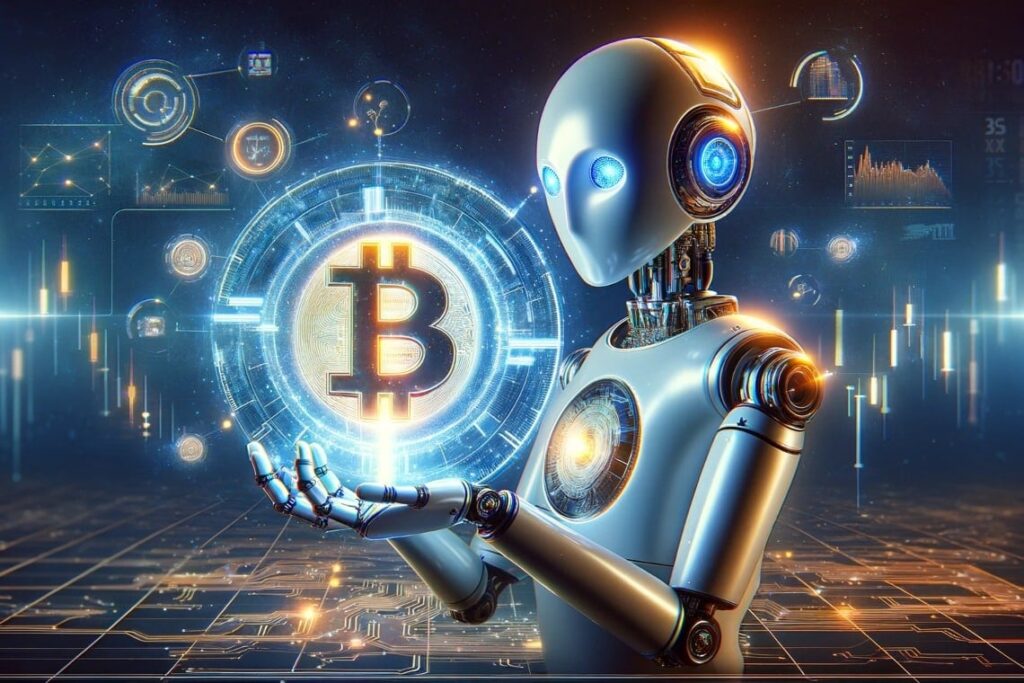
AI-Powered Trading and Investment
Algorithmic Trading Bots
The most visible application of AI in crypto is automated trading. These systems use machine learning to:
- Analyze market patterns and predict price movements
- Execute trades faster than any human could
- Manage risk through automated stop-losses and position sizing
- Arbitrage across multiple exchanges simultaneously
Portfolio Management
AI systems now help investors:
- Diversify across thousands of cryptocurrencies
- Rebalance portfolios based on risk tolerance
- Identify promising new projects before they gain mainstream attention
- Optimize tax strategies through strategic buying and selling
Market Analysis and Prediction
Machine learning models analyze:
- Social media sentiment to predict market movements
- On-chain data to identify whale movements and market manipulation
- Technical indicators across multiple timeframes
- Correlation patterns between different cryptocurrencies
Blockchain Networks Using AI
Consensus Mechanisms
Some newer blockchain networks are experimenting with AI-enhanced consensus:
- Machine learning models that detect fraudulent transactions
- AI systems that optimize network performance and energy usage
- Predictive models that anticipate network congestion
Security Enhancement
AI is being used to:
- Detect suspicious patterns in transaction flows
- Identify potential smart contract vulnerabilities
- Monitor for 51% attacks and other network threats
- Enhance privacy through advanced cryptographic techniques
Deep Dive: Key Applications and Use Cases
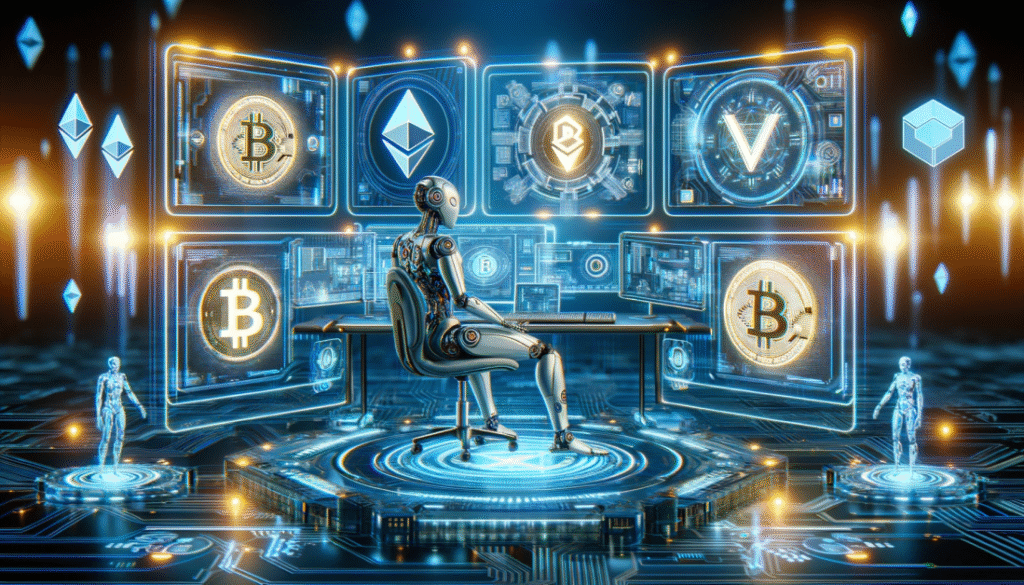
1. AI Trading Strategies in Crypto Markets
High-Frequency Trading (HFT)
AI systems can execute thousands of trades per second, capitalizing on tiny price differences across exchanges. These systems:
- Process market data in real-time
- Identify arbitrage opportunities
- Execute complex trading strategies
- Adapt to changing market conditions
Sentiment Analysis Trading
AI models analyze social media, news, and forum discussions to gauge market sentiment:
- Reddit and Twitter sentiment analysis
- News article impact assessment
- Whale wallet movement tracking
- Fear and greed index integration
Quantitative Strategies
Machine learning models identify patterns that humans might miss:
- Mean reversion strategies
- Momentum trading signals
- Market regime detection
- Cross-asset correlation analysis
2. DeFi and Smart Contract Enhancement
Intelligent Yield Farming
AI systems optimize DeFi strategies by:
- Automatically moving funds to highest-yield opportunities
- Managing impermanent loss in liquidity pools
- Optimizing gas fees for maximum profitability
- Balancing risk across multiple protocols
Smart Contract Auditing
AI tools help secure DeFi protocols:
- Automated vulnerability detection
- Code pattern analysis for common exploits
- Formal verification of contract logic
- Continuous monitoring of deployed contracts
Dynamic Pricing Models
AI enables more sophisticated DeFi pricing:
- Real-time collateral ratio adjustments
- Dynamic interest rates based on market conditions
- Automated liquidation optimization
- Risk assessment for lending protocols
3. NFTs and AI-Generated Content
AI-Created NFTs
Artificial intelligence is creating new forms of digital art:
- Generative art that creates unique pieces algorithmically
- AI models trained on specific artistic styles
- Dynamic NFTs that change based on external data
- Personalized art generation for individual collectors
NFT Valuation and Analysis
AI helps evaluate NFT worth:
- Rarity analysis across collections
- Price prediction based on traits and market trends
- Authentication and fraud detection
- Market timing optimization
Gaming and Virtual Worlds
AI enhances crypto gaming experiences:
- Procedurally generated game worlds
- Intelligent NPCs with unique personalities
- Dynamic quest generation
- Automated game economy balancing
4. Privacy and Security Applications
Enhanced Privacy Coins
AI is improving cryptocurrency privacy:
- Advanced mixing algorithms
- Pattern obfuscation techniques
- Transaction timing optimization
- Decoy transaction generation
Fraud Detection
Machine learning identifies suspicious activities:
- Money laundering pattern detection
- Exchange security monitoring
- Phishing attempt identification
- Wallet security assessment
Regulatory Compliance
AI helps navigate complex regulations:
- Automated KYC/AML compliance
- Transaction reporting and analysis
- Risk scoring for institutional investors
- Regulatory change monitoring
Emerging Technologies and Innovations
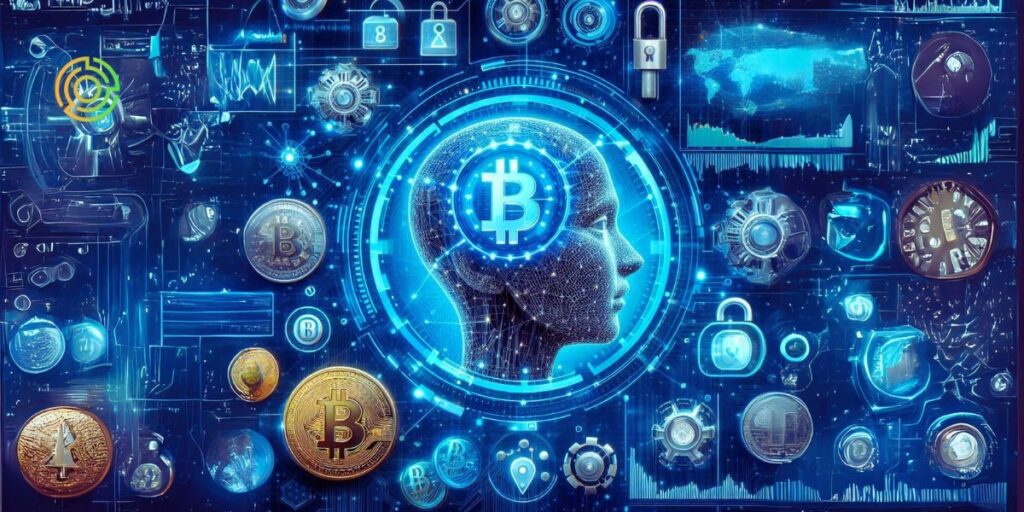
AI-Native Blockchain Protocols
Fetch.ai
A blockchain network specifically designed for AI agents:
- Autonomous economic agents that can trade and negotiate
- Decentralized machine learning model training
- AI-powered smart contracts
- Digital twin creation and management
SingularityNET
A decentralized marketplace for AI services:
- AI algorithms as blockchain-based services
- Decentralized AI model training
- AI collaboration and combination
- Token-based AI service payment
Ocean Protocol
Focuses on AI data sharing and monetization:
- Decentralized data marketplaces
- Privacy-preserving data sharing
- AI model training on distributed data
- Data NFTs and ownership tracking
Predictive Analytics and Market Intelligence
On-Chain Analytics
AI systems analyze blockchain data to:
- Predict token price movements
- Identify market manipulation
- Track institutional money flows
- Assess project fundamentals
Cross-Chain Analysis
Machine learning models that:
- Analyze activity across multiple blockchains
- Identify bridging opportunities
- Predict ecosystem migrations
- Optimize multi-chain strategies
Macro Economic Integration
AI systems that consider:
- Traditional market correlations
- Economic indicators impact
- Geopolitical event analysis
- Central bank policy effects
Challenges and Limitations
Technical Challenges
Data Quality and Availability
- Cryptocurrency markets are relatively new with limited historical data
- Market manipulation can create misleading patterns
- Different exchanges may have conflicting data
- Privacy coins limit available information for analysis
Model Overfitting
- Crypto markets are highly volatile and unpredictable
- Models trained on past data may not work in future conditions
- Black swan events can break AI predictions
- Market conditions change rapidly
Scalability Issues
- AI computation can be expensive and slow
- Real-time decision-making requirements
- Integration with fast-moving blockchain networks
- Energy consumption concerns
Regulatory and Ethical Concerns
Market Manipulation
- AI systems could potentially manipulate prices
- Coordination between AI systems could create unfair advantages
- Algorithmic trading may increase market volatility
- Retail investors may be disadvantaged
Security Risks
- AI systems can be hacked or compromised
- Smart contracts with AI components are complex to audit
- Machine learning models can be fooled by adversarial attacks
- Key management for AI agents is challenging
Regulatory Uncertainty
- Unclear rules for AI-powered financial systems
- Cross-border regulatory differences
- Liability questions when AI makes bad decisions
- Privacy and data protection requirements
Economic and Social Impact
Job Displacement
- Traditional traders may be replaced by AI systems
- Reduced need for human market analysis
- Changing skill requirements in finance
- Potential for increased inequality
Market Concentration
- Large players with better AI may dominate markets
- Smaller investors may be squeezed out
- Centralization of supposedly decentralized systems
- Network effects favoring early AI adopters
Real-World Success Stories and Case Studies
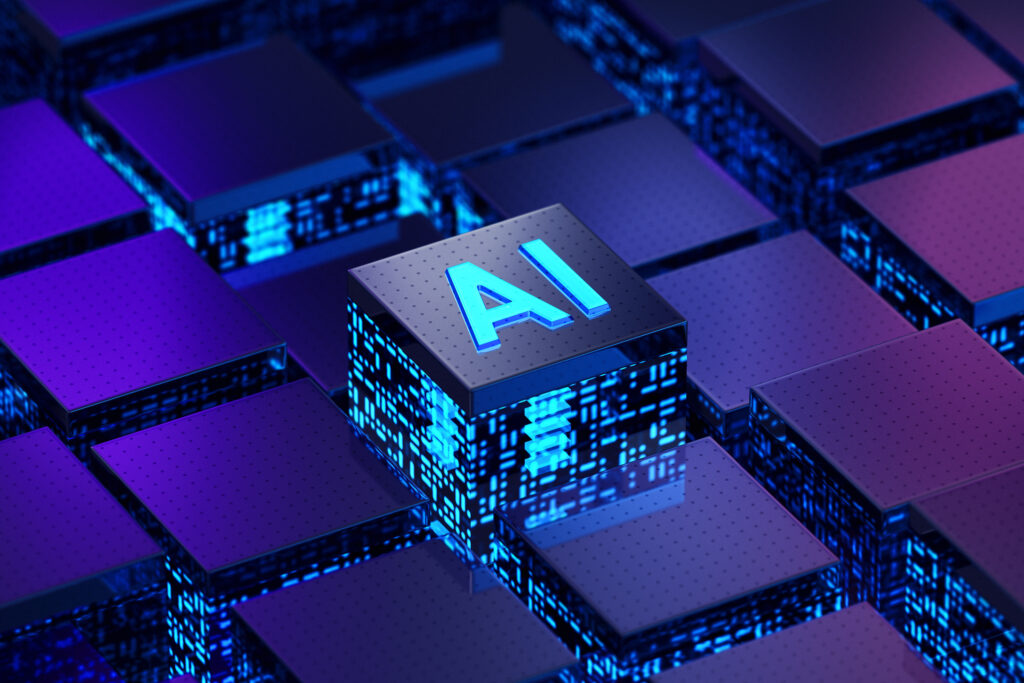
Case Study 1: Renaissance Technologies and Crypto
The famous quantitative hedge fund has applied their AI-driven approach to cryptocurrency markets:
- Machine learning models adapted for crypto volatility
- Cross-asset strategies incorporating digital currencies
- Risk management systems designed for 24/7 markets
- Integration of traditional finance AI with crypto markets
Case Study 2: Numerai’s Decentralized Hedge Fund
Numerai combines AI, blockchain, and crowdsourced intelligence:
- Data scientists compete to build the best trading models
- Participants stake cryptocurrency on their predictions
- Successful models are rewarded with tokens
- Demonstrates decentralized AI model development
Case Study 3: Chainlink and AI Oracles
Chainlink enables AI systems to interact with blockchain networks:
- Real-world data feeds for AI decision-making
- AI models as blockchain oracles
- Decentralized computation for machine learning
- Cross-chain AI service integration
Case Study 4: Ethereum and AI-Powered DeFi
The Ethereum ecosystem showcases AI integration:
- Yearn Finance’s AI-optimized yield strategies
- Compound’s algorithmic interest rate models
- Uniswap’s automated market-making algorithms
- MakerDAO’s AI-assisted risk assessment
Investment Opportunities and Strategies
Direct Investment Options
AI-Crypto Tokens
Tokens that directly combine AI and blockchain:
- Fetch.ai (FET): AI agent marketplace
- SingularityNET (AGIX): Decentralized AI services
- Ocean Protocol (OCEAN): AI data sharing
- Numerai (NMR): Crowdsourced hedge fund
AI-Enhanced Crypto Funds
Investment funds using AI for crypto strategies:
- Quantitative crypto hedge funds
- AI-managed crypto ETFs
- Robo-advisors for cryptocurrency
- Algorithmic trading platforms
Infrastructure Plays
Investments in the tools and platforms:
- GPU cloud computing providers
- Blockchain analytics companies
- Trading algorithm marketplaces
- AI model training platforms
Building Your Own AI-Crypto Strategy
Getting Started
- Learn the Basics: Understand both AI and crypto fundamentals
- Start Small: Use paper trading to test AI strategies
- Choose Your Tools: Select trading platforms with AI capabilities
- Backtest Everything: Verify strategies work on historical data
Risk Management
- Never invest more than you can afford to lose
- Diversify across multiple AI strategies and assets
- Monitor AI system performance continuously
- Have manual override capabilities
Continuous Learning
- Stay updated on both AI and crypto developments
- Join communities focused on AI trading
- Test new strategies in simulation environments
- Learn from failures and adjust approaches
The Future: What’s Coming Next
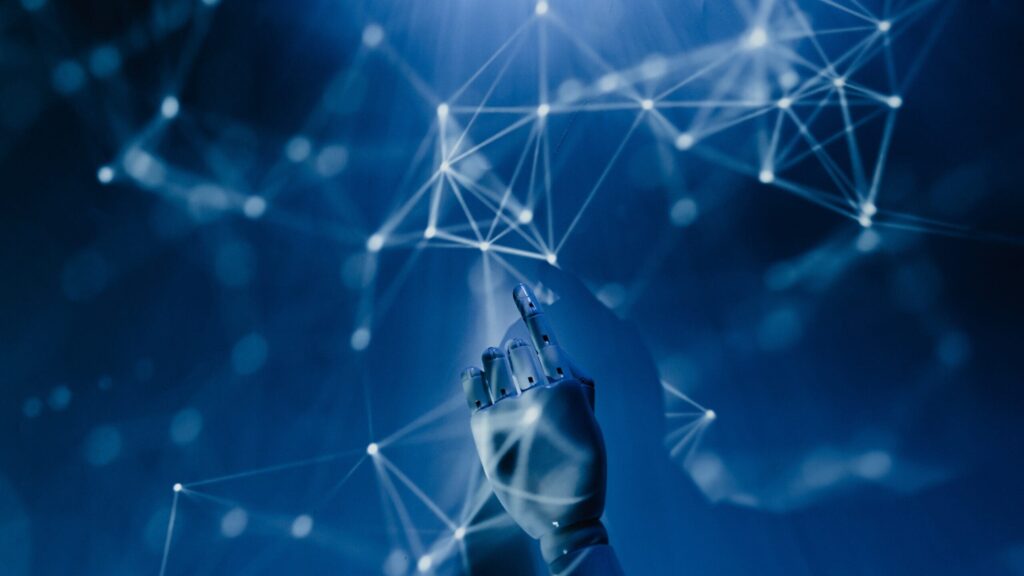
Emerging Trends and Technologies
Autonomous Financial Agents
AI agents that can:
- Manage entire portfolios independently
- Negotiate complex financial contracts
- Participate in decentralized governance
- Create and manage their own investment strategies
Cross-Chain AI Networks
Systems that enable:
- AI models to operate across multiple blockchains
- Seamless value transfer between AI systems
- Interoperable AI service marketplaces
- Universal AI agent identity and reputation
Quantum-Enhanced Crypto AI
Potential applications include:
- Quantum machine learning for crypto analysis
- Quantum-resistant cryptocurrency security
- Quantum optimization of trading strategies
- Quantum random number generation for fair systems
Predictions for 2025-2030
Mass Adoption of AI Trading
- Most crypto trading will involve some AI component
- Retail investors will have access to institutional-grade AI tools
- AI-powered DeFi will become the dominant form
- Traditional financial institutions will integrate crypto AI
New Asset Classes
- Tokenized AI models and datasets
- Intellectual property NFTs for AI algorithms
- Prediction market tokens for AI forecasts
- Computation power tokenization for AI training
Regulatory Frameworks
- Clear rules for AI-powered financial systems
- International standards for AI-crypto integration
- Consumer protection measures for AI trading
- Taxation frameworks for AI-generated profits
Potential Disruptions
Central Bank Digital Currencies (CBDCs)
- AI-powered monetary policy implementation
- Automated tax collection and compliance
- Real-time economic data collection and analysis
- Programmable money with built-in AI logic
AI-Driven Economic Systems
- Fully automated market makers
- AI-governed decentralized autonomous organizations
- Predictive economic modeling and intervention
- Post-scarcity economics through AI optimization
Practical Guide: Getting Started with AI and Crypto
For Investors
Beginner Steps
- Education First: Learn crypto basics and AI fundamentals
- Start with Established Platforms: Use reputable exchanges with AI features
- Paper Trade: Practice with virtual money before risking real funds
- Diversify: Don’t put all money into AI-crypto strategies
Tools and Platforms
- 3Commas: AI-powered trading bots
- TradeSanta: Automated crypto trading
- Shrimpy: Portfolio management with AI features
- CryptoHopper: Social trading with AI strategies
For Developers
Building AI-Crypto Applications
- Choose Your Stack: Python for AI, Solidity for smart contracts
- Learn Web3 Integration: How to connect AI systems to blockchains
- Focus on Security: Understand smart contract vulnerabilities
- Start with Simple Projects: Build basic trading bots or analysis tools
Key Libraries and Frameworks
- Web3.py: Python library for Ethereum interaction
- ccxt: Cryptocurrency exchange trading library
- TensorFlow/PyTorch: Machine learning frameworks
- Brownie: Python framework for Ethereum development
For Businesses
Integration Opportunities
- Add AI-powered crypto payment processing
- Implement blockchain-based AI model marketplaces
- Create tokenized AI services and products
- Develop AI-enhanced DeFi protocols
Considerations
- Regulatory compliance requirements
- Security and risk management
- Customer education and support
- Integration with existing systems
Risks and Considerations

Financial Risks
Volatility
- Crypto markets are extremely volatile
- AI predictions can be wrong
- Market conditions can change rapidly
- Leverage can amplify losses
Technical Risks
- AI systems can fail or be compromised
- Smart contracts may have bugs
- Blockchain networks can experience downtime
- Keys and passwords can be lost
Regulatory Risks
- Changing regulations could affect investments
- Tax implications may be complex
- Some jurisdictions may ban certain activities
- Compliance requirements may increase costs
Ethical Considerations
Fairness and Access
- AI systems may create unfair advantages
- High costs could exclude smaller participants
- Market manipulation possibilities
- Concentration of power in few hands
Privacy and Surveillance
- Blockchain analysis can reveal personal information
- AI systems may track and profile users
- Financial surveillance implications
- Data ownership and control questions
Environmental Impact
- Energy consumption of AI training
- Blockchain network energy usage
- Electronic waste from hardware requirements
- Sustainability of growth trajectories
Conclusion: Navigating the AI-Crypto Future
The convergence of artificial intelligence and cryptocurrency represents one of the most significant technological shifts of our time. These technologies are creating new forms of value, new ways of making decisions, and new possibilities for financial freedom and innovation.
From AI-powered trading bots that never sleep to blockchain networks that learn and adapt, we’re seeing the emergence of truly intelligent financial systems. These systems promise greater efficiency, better risk management, and more accessible investment opportunities for everyone.
However, this future also comes with significant challenges. Technical complexity, regulatory uncertainty, security risks, and ethical concerns all need to be addressed as these technologies mature. The winners will be those who can navigate these challenges while capturing the immense opportunities.
For investors, developers, and businesses, the key is to start learning and experimenting now while these technologies are still developing. The AI-crypto revolution is not a distant future possibility—it’s happening today, and those who understand it will be best positioned to benefit.
Whether you’re looking to automate your crypto investments, build the next generation of DeFi protocols, or simply understand how these technologies will reshape finance, the time to get involved is now. The fusion of AI and crypto is creating a new digital economy, and there’s a place for everyone in shaping its future.
The question isn’t whether AI and crypto will transform finance—they already are. The question is how you’ll participate in this transformation. The tools are available, the opportunities are real, and the future is being built today.
Welcome to the age of intelligent money. The revolution has begun.
What excites you most about the intersection of AI and cryptocurrency? Are you already using AI tools for crypto trading, or are you just starting to explore these possibilities? Share your experiences and questions in the comments below.

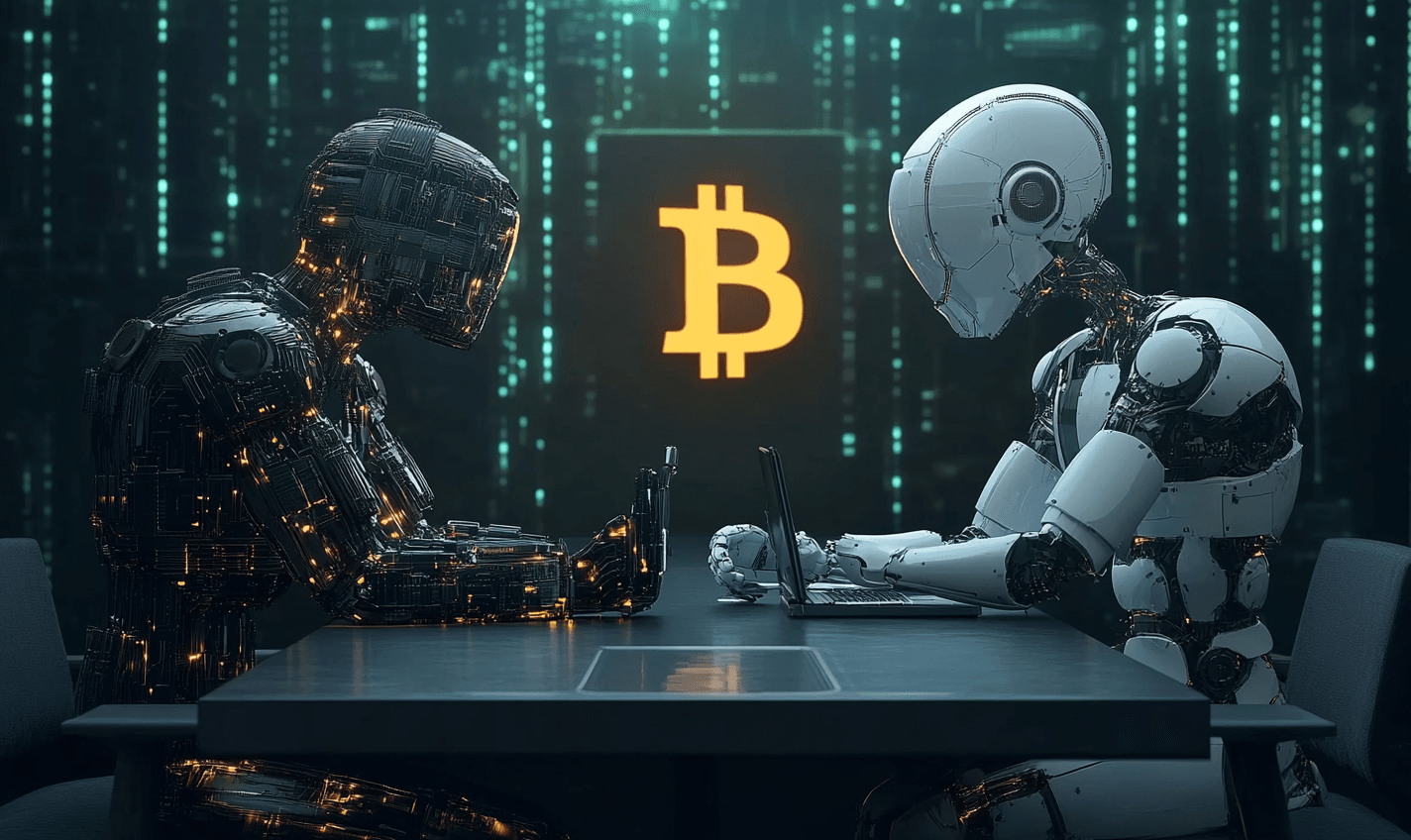
Leave a Reply